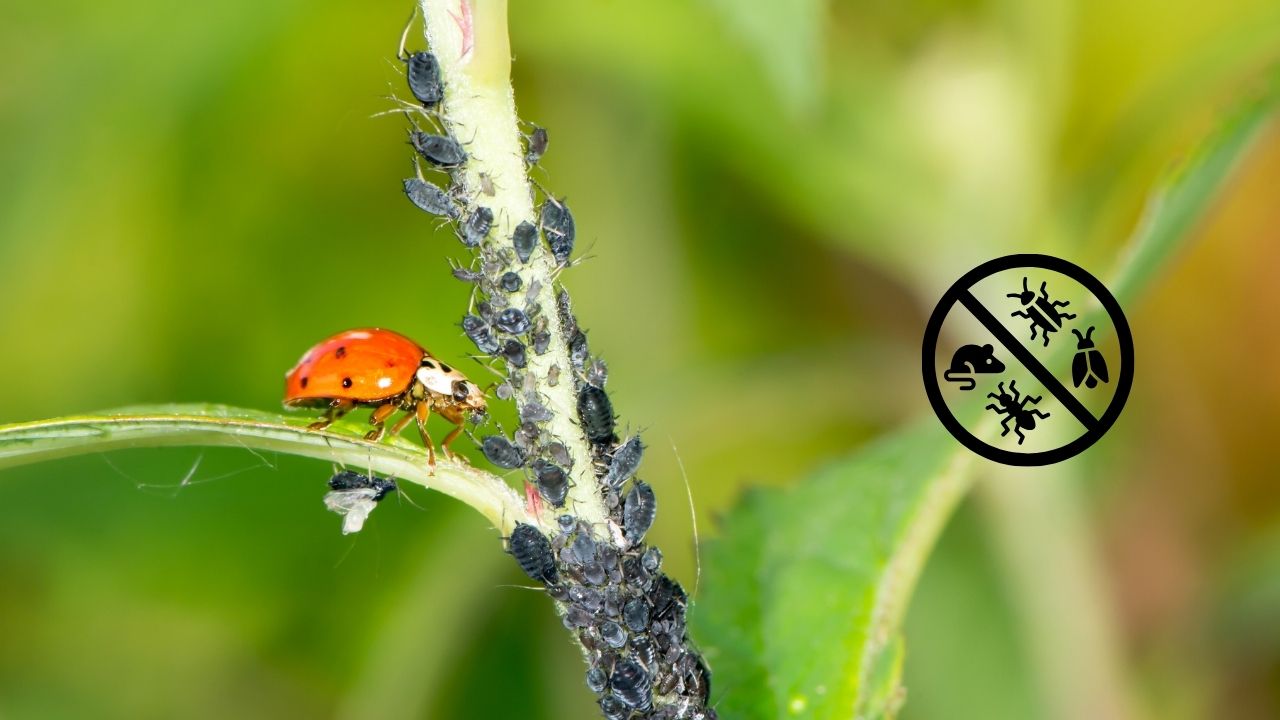There’s nothing quite like the joy of watching your garden flourish. But let’s be honest, dealing with pests can sometimes feel like waging a miniature war in your backyard. Before you consider reaching for chemical pesticides, let’s explore natural pest control remedies that are effective, eco-friendly, and safe for your family and pets.
Why Choose Natural Pest Control?
Chemical pesticides may offer a quick fix, but they can harm beneficial insects, contaminate soil and water, and pose health risks to humans and animals. Natural pest control methods not only target unwanted pests but also promote a healthier ecosystem in your garden.
Know Your Garden Pests
Understanding the common pests that invade home gardens is the first step in controlling them effectively.
- Aphids: Tiny insects that suck sap from plants, causing leaves to yellow and curl.
- Slugs and Snails: Mollusks that leave holes in leaves and a trail of slime.
- Spider Mites: Microscopic arachnids that cause stippling and yellowing of leaves.
- Whiteflies: Small, winged insects that feed on plant juices and excrete honeydew.
- Japanese Beetles: Metallic green beetles that skeletonize leaves.
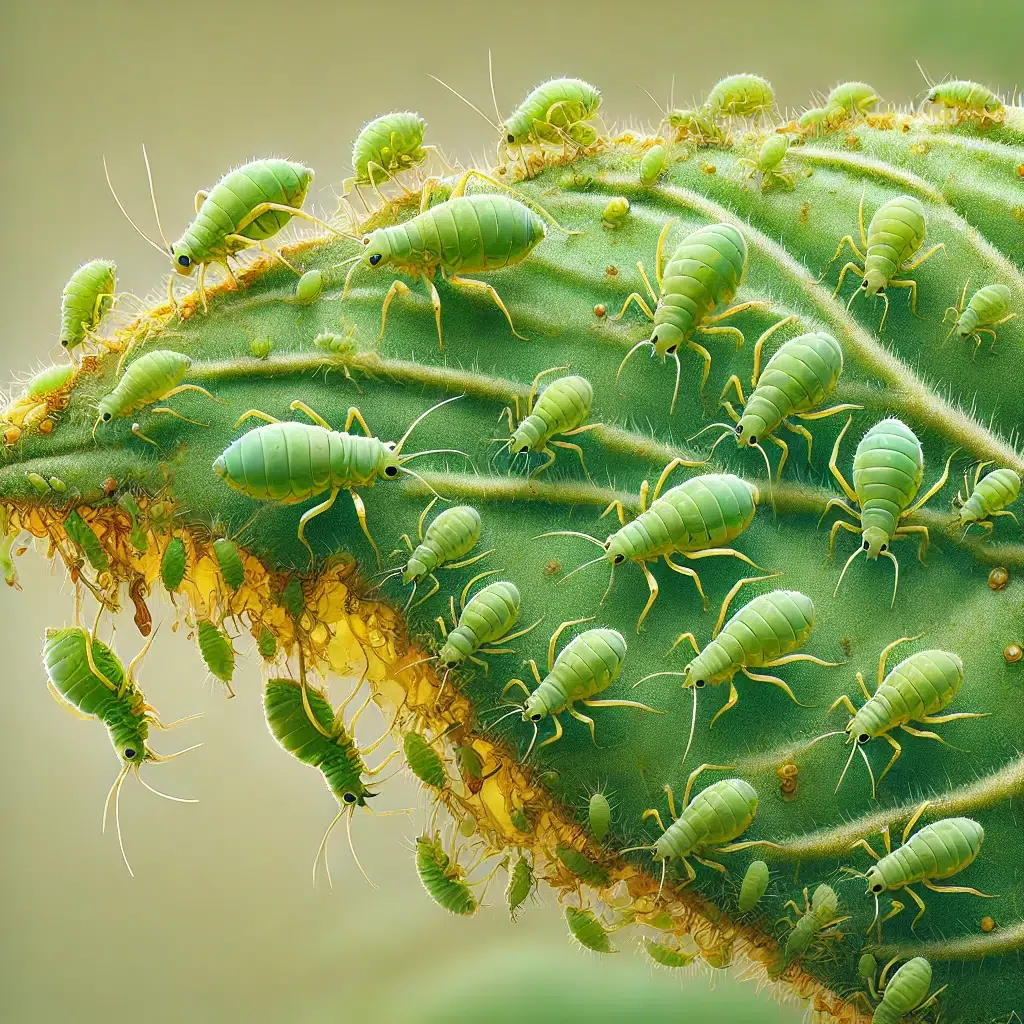
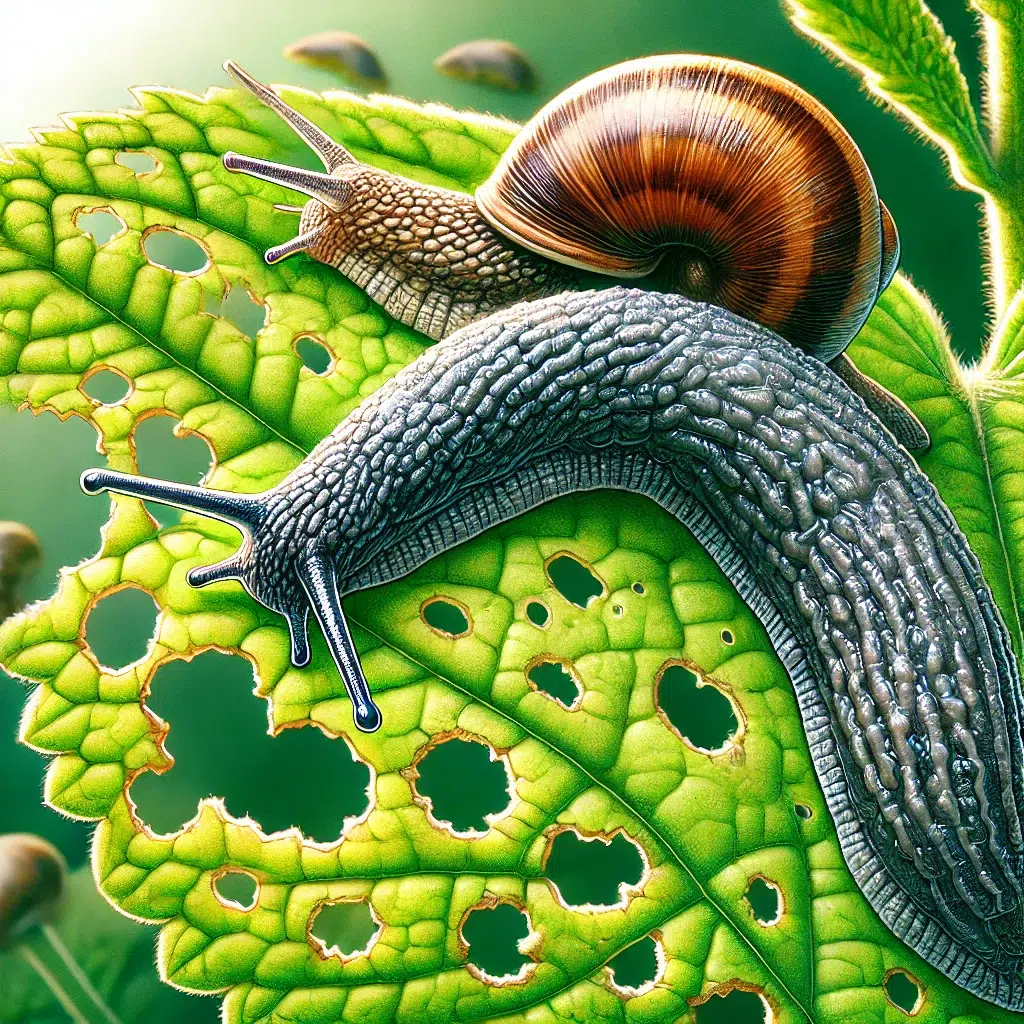
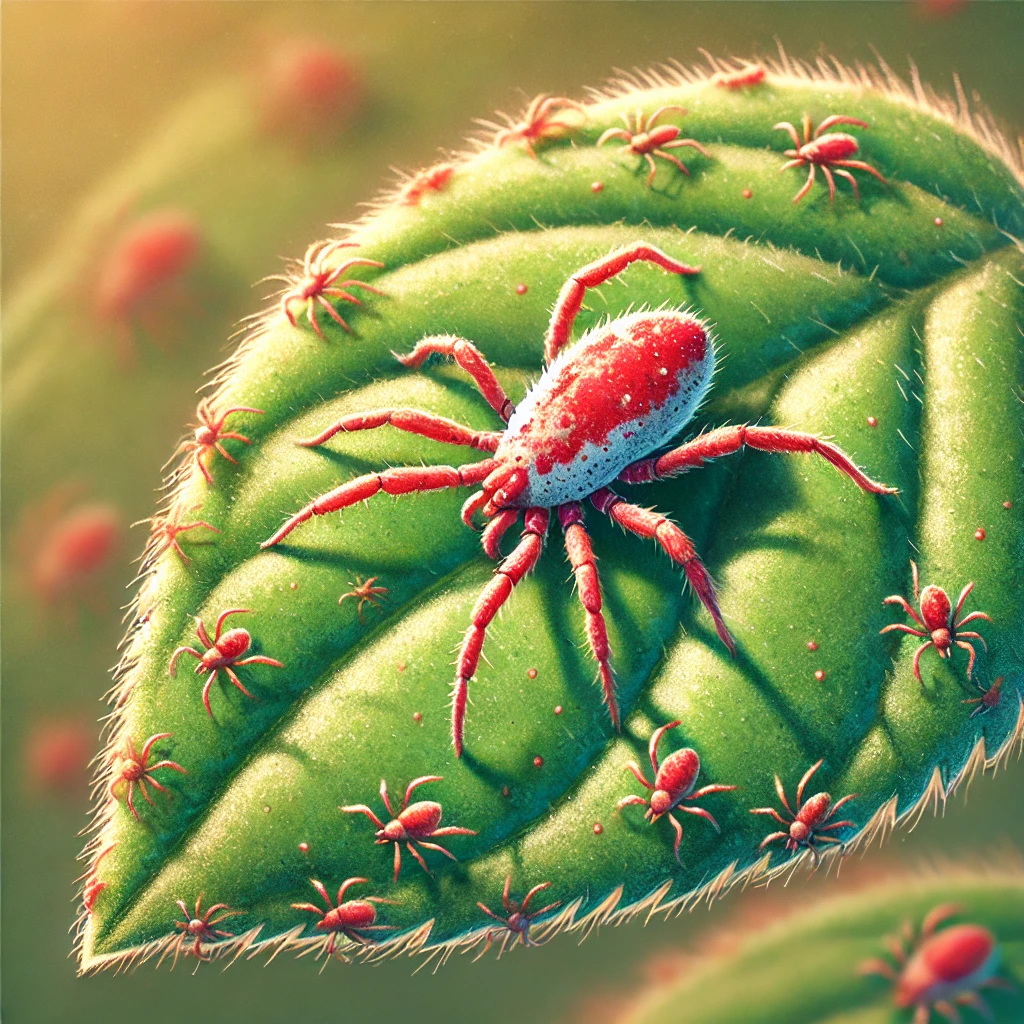
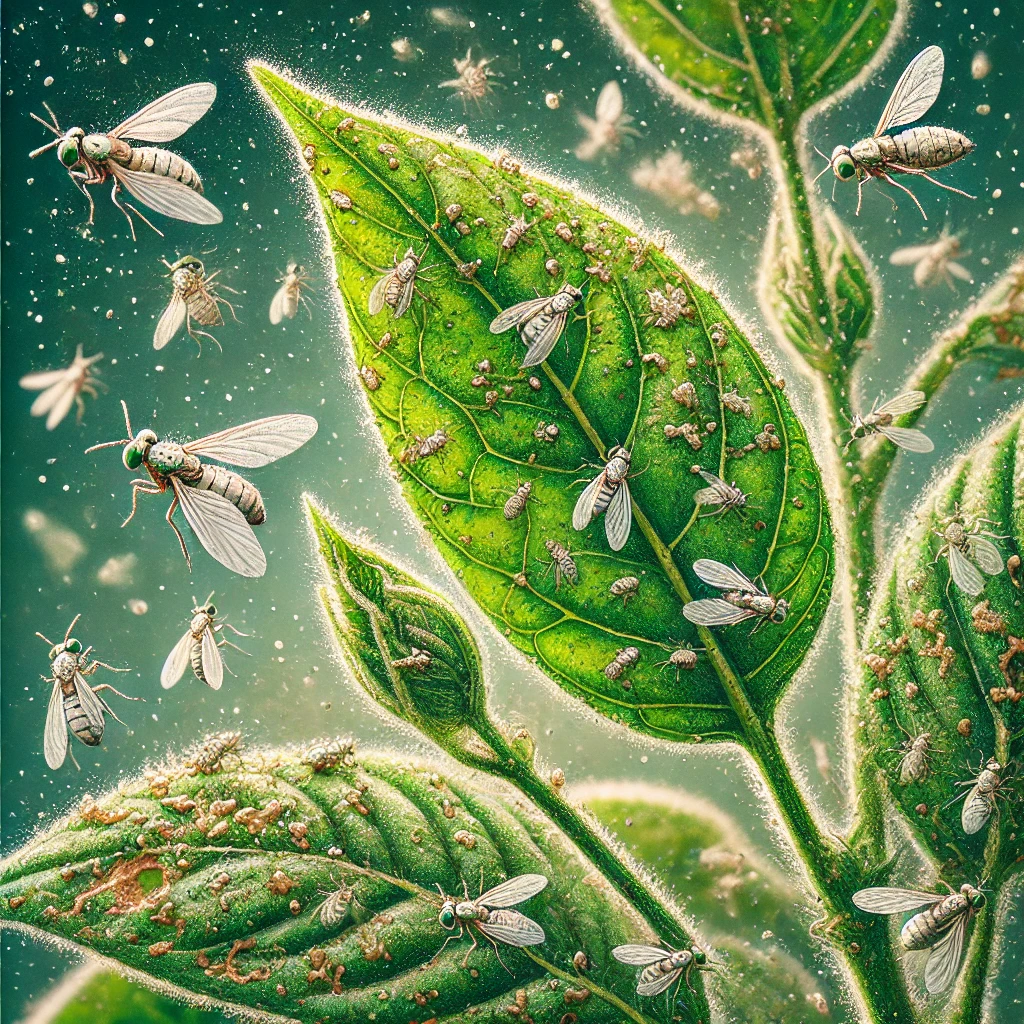

Beneficial Insects: Nature’s Pest Patrol
Introducing or attracting beneficial insects can help keep pest populations in check.
Ladybugs
- What They Do: Devour aphids, mites, and other soft-bodied insects.
- How to Attract Them: Plant dill, fennel, marigolds, and cosmos.
Lacewings
- What They Do: Their larvae, known as “aphid lions,” consume a variety of pests.
- How to Attract Them: Grow sunflowers, dandelions, and coriander.
Praying Mantises
- What They Do: Eat a wide range of insects, both pests and beneficials.
- How to Attract Them: Plant shrubs and perennials to provide shelter.
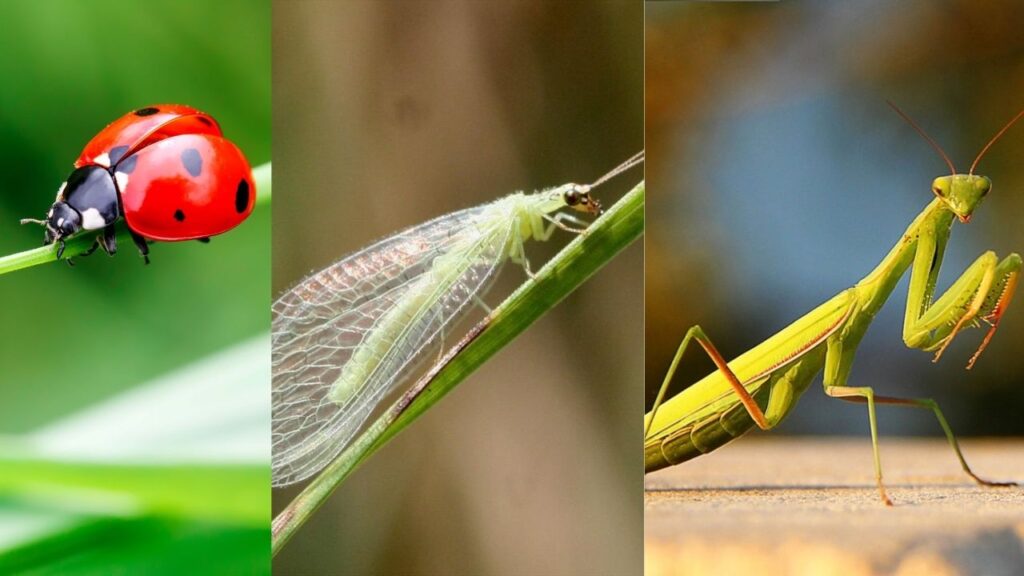
Homemade Insecticidal Sprays
Create your own pest-fighting sprays with simple household ingredients.
Garlic-Mint Insect Spray
Ingredients:
- 10 cloves of garlic
- A handful of mint leaves
- 1 teaspoon of cayenne pepper
- 2 tablespoons of liquid soap
- 2 cups of water
Instructions:
- Blend garlic and mint with water.
- Boil the mixture, let it cool, and strain.
- Add cayenne pepper and liquid soap.
- Pour into a spray bottle and apply to plants.
Note: This spray deters aphids, spider mites, and whiteflies.
Tomato Leaf Spray
Tomato plants contain alkaloids that are toxic to many insects.
Instructions:
- Chop 2 cups of tomato leaves.
- Soak them in 1 quart of water overnight.
- Strain and spray on infested plants.
Natural Repellents and Deterrents
Use natural substances to make your garden less appealing to pests.
Diatomaceous Earth
- What It Is: Powder made from fossilized aquatic organisms.
- How It Works: The sharp edges damage insect exoskeletons, causing them to dehydrate.
- Usage: Dust around the base of plants and on leaves for crawling insects like slugs and beetles.
Coffee Grounds
- Usage: Sprinkle around plants to repel slugs, snails, and ants.
- Benefits: Adds nitrogen to the soil as they decompose.
Citrus Peels
- Usage: Place orange or lemon peels around plants to deter cats and pests like aphids.
- Tip: Grind peels into a powder for easier application.
Companion Planting Strategies
Certain plants can help protect others by repelling pests or attracting beneficial insects.
| Primary Plant | Companion Plant | Pest Repelled |
|---|---|---|
| Tomatoes | Basil | Whiteflies, Mosquitoes |
| Cabbage | Dill | Cabbage Worms |
| Carrots | Onions | Carrot Flies |
| Cucumbers | Nasturtiums | Cucumber Beetles |
| Beans | Marigolds | Mexican Bean Beetles |
Physical Barriers and Traps
Prevent pests from reaching your plants with these simple solutions.
Row Covers
- Usage: Drape lightweight fabric over plants to keep out insects while allowing light and water through.
- Ideal For: Protecting seedlings and vulnerable plants from pests like cabbage moths and leaf miners.
Beer Traps for Slugs
Instructions:
- Bury a shallow container so the rim is level with the soil.
- Fill with beer to attract and drown slugs.
Tip: Empty and refill the trap every few days.
Sticky Traps
- Usage: Hang yellow sticky traps to catch flying insects like whiteflies and fungus gnats.
- DIY Option: Coat yellow index cards with petroleum jelly and place near affected plants.
Soil Management and Plant Health
Healthy plants are less susceptible to pests.
- Composting: Enrich soil with organic matter to promote strong root systems.
- Crop Rotation: Change plant locations each season to prevent soil-borne diseases and pests.
- Proper Spacing: Allow adequate space between plants for air circulation to reduce fungal growth.
Biological Controls
Introduce natural enemies of pests into your garden.
Beneficial Nematodes
- What They Are: Microscopic organisms that attack grubs, beetles, and other soil-dwelling pests.
- Usage: Apply to moist soil in the evening or on a cloudy day.
Bacillus Thuringiensis (Bt)
- What It Is: A natural bacterium that produces toxins harmful to specific insects like caterpillars and mosquito larvae.
- Usage: Spray on plants; safe for humans and non-target species.
Milky Spore Powder
- Purpose: Targets Japanese beetle grubs in the soil.
- Application: Spread on lawns and garden beds; effects can last up to 10 years.
Recent Breakthroughs in Natural Pest Control
Pheromone Disruptors
- What They Do: Confuse pests’ mating patterns by emitting synthetic pheromones.
- Effective Against: Moths and other insects that rely on pheromone signals.
- Usage: Place dispensers or twist-ties in affected areas.
Essential Oil Sprays
- Innovations: Research shows oils like rosemary, thyme, and clove can repel or kill pests.
- Usage: Mix a few drops with water and a mild soap to create a spray.
Future Trends: Embracing Technology
Smart Garden Devices
- Soil Sensors: Monitor moisture and nutrient levels to optimize plant health.
- Pest Detection Apps: Use smartphone cameras to identify pests and diseases instantly.
Genetic Research
- Plant Breeding: Development of pest-resistant plant varieties through traditional breeding and genetic techniques.
- Microbial Solutions: Exploring beneficial microbes that enhance plant immunity.
Engage with Your Garden
- Regular Monitoring: Spend time in your garden daily to catch pest issues early.
- Hand-Picking: Remove larger pests like beetles and caterpillars by hand.
- Journaling: Keep a garden journal to track pest occurrences and effective remedies.
Last Words
Natural pest control is about working with nature, not against it. By implementing these strategies, you’re nurturing a garden that’s healthier for you and the environment.
Have you tried any of these natural remedies or have your own tips to share? I’d love to hear about your experiences! Drop a comment below, and let’s cultivate a community of sustainable gardeners.
Happy gardening!
Disclaimer: Always test any new treatment on a small area of your plants to ensure there’s no adverse reaction. Consult local extension services for pest identification and control recommendations.
